The reliability and correctness of API systems directly impact every application that depends on them, making comprehensive testing non-negotiable for modern software development. In the cryptocurrency industry where APIs handle financial transactions, market data, and blockchain interactions, the stakes are even higher as bugs can result in financial losses, security breaches, or regulatory compliance failures. This comprehensive guide explores practical API testing strategies that ensure cryptocurrency APIs and other web services deliver consistent, correct, and secure functionality across all conditions.
Understanding the API Testing Landscape
API testing differs fundamentally from user interface testing by focusing on the business logic layer, data responses, and system integration rather than visual elements and user interactions. This distinction makes API testing faster to execute, easier to automate, and capable of covering more scenarios with fewer tests. For cryptocurrency APIs serving market data, trading functionality, and blockchain analytics, API testing validates that endpoints return correct data, handle errors appropriately, enforce security policies, and maintain performance under load.
The testing pyramid concept places API tests in the middle tier between unit tests and end-to-end tests, balancing execution speed against realistic validation. Unit tests run extremely fast but validate components in isolation, while end-to-end tests provide comprehensive validation but execute slowly and prove brittle. API tests hit the sweet spot by validating integrated behavior across components while remaining fast enough to run frequently during development. For crypto API platforms composed of multiple microservices, focusing on API testing provides excellent return on testing investment.
Different test types serve distinct purposes in comprehensive API testing strategies. Functional testing validates that endpoints produce correct outputs for given inputs, ensuring business logic executes properly. Integration testing verifies that APIs correctly interact with databases, message queues, blockchain nodes, and external services. Performance testing measures response times and throughput under various load conditions. Security testing probes for vulnerabilities like injection attacks, authentication bypasses, and authorization failures. Contract testing ensures APIs maintain compatibility with consuming applications. Token Metrics employs comprehensive testing across all these dimensions for its cryptocurrency API, ensuring that developers receive accurate, reliable market data and analytics.
Testing environments that mirror production configurations provide the most realistic validation while allowing safe experimentation. Containerization technologies like Docker enable creating consistent test environments that include databases, message queues, and other dependencies. For cryptocurrency APIs that aggregate data from multiple blockchain networks and exchanges, test environments must simulate these external dependencies to enable thorough testing without impacting production systems. Infrastructure as code tools ensure test environments remain synchronized with production configurations, preventing environment-specific bugs from escaping to production.
Functional Testing Strategies for APIs
Functional testing forms the foundation of API testing by validating that endpoints produce correct responses for various inputs. Test case design begins with understanding API specifications and identifying all possible input combinations, edge cases, and error scenarios. For cryptocurrency APIs, functional tests verify that price queries return accurate values, trading endpoints validate orders correctly, blockchain queries retrieve proper transaction data, and analytics endpoints compute metrics accurately. Systematic test case design using equivalence partitioning and boundary value analysis ensures comprehensive coverage without redundant tests.
Request validation testing ensures APIs properly handle both valid and invalid inputs, rejecting malformed requests with appropriate error messages. Testing should cover missing required parameters, invalid data types, out-of-range values, malformed formats, and unexpected additional parameters. For crypto APIs, validation testing might verify that endpoints reject invalid cryptocurrency symbols, negative trading amounts, malformed wallet addresses, and future dates for historical queries. Comprehensive validation testing prevents APIs from processing incorrect data that could lead to downstream errors or security vulnerabilities.
Response validation confirms that API responses match expected structures, data types, and values. Automated tests should verify HTTP status codes, response headers, JSON schema compliance, field presence, data type correctness, and business logic results. For cryptocurrency market data APIs, response validation ensures that price data includes all required fields like timestamp, open, high, low, close, and volume, that numeric values fall within reasonable ranges, and that response pagination works correctly. Token Metrics maintains rigorous response validation testing across its crypto API endpoints, ensuring consistent, reliable data delivery to developers.
Error handling testing verifies that APIs respond appropriately to error conditions including invalid inputs, missing resources, authentication failures, authorization denials, rate limit violations, and internal errors. Each error scenario should return proper HTTP status codes and descriptive error messages that help developers understand and resolve issues. For crypto APIs, error testing validates behavior when querying non-existent cryptocurrencies, attempting unauthorized trading operations, exceeding rate limits, or experiencing blockchain node connectivity failures. Proper error handling testing ensures APIs fail gracefully and provide actionable feedback.
Business logic testing validates complex calculations, workflows, and rules that form the core API functionality. For cryptocurrency APIs, business logic tests verify that technical indicators compute correctly, trading signal generation follows proper algorithms, portfolio analytics calculate profit and loss accurately, and risk management rules enforce position limits. These tests often require carefully crafted test data and expected results computed independently to validate implementation correctness. Comprehensive business logic testing catches subtle bugs that simpler validation tests might miss.
Integration Testing for Connected Systems
Integration testing validates how APIs interact with external dependencies including databases, caching layers, message queues, blockchain nodes, and third-party services. These tests use real or realistic implementations of dependencies rather than mocks, providing confidence that integration points function correctly. For cryptocurrency APIs aggregating data from multiple sources, integration testing ensures data synchronization works correctly, conflict resolution handles discrepancies appropriately, and failover mechanisms activate when individual sources become unavailable.
Database integration testing verifies that APIs correctly read and write data including proper transaction handling, constraint enforcement, and query optimization. Tests should cover normal operations, concurrent access scenarios, transaction rollback on errors, and handling of database connectivity failures. For crypto APIs tracking user portfolios, transaction history, and market data, database integration tests ensure data consistency even under concurrent updates and system failures. Testing with realistic data volumes reveals performance problems before they impact production users.
External API integration testing validates interactions with blockchain nodes, cryptocurrency exchanges, data providers, and other external services. These tests verify proper request formatting, authentication, error handling, timeout management, and response parsing. Mock services simulating external APIs enable testing error scenarios and edge cases difficult to reproduce with actual services. For crypto APIs depending on multiple blockchain networks, integration tests verify that chain reorganizations, missing blocks, and node failures are handled appropriately without data corruption.
Message queue integration testing ensures that event-driven architectures function correctly with proper message publishing, consumption, error handling, and retry logic. Tests verify that messages are formatted correctly, consumed exactly once or at least once based on requirements, dead letter queues capture failed messages, and message ordering is preserved when required. For cryptocurrency APIs publishing real-time price updates and trading signals through message queues, integration testing ensures reliable event delivery even under high message volumes.
Circuit breaker and retry logic testing validates resilience patterns that protect APIs from cascading failures. Tests simulate external service failures and verify that circuit breakers open after threshold errors, requests fail fast while circuits are open, and circuits close after recovery periods. For crypto APIs integrating with numerous external services, circuit breaker testing ensures that failures in individual data sources don't compromise overall system availability. Token Metrics implements sophisticated resilience patterns throughout its crypto API infrastructure, validated through comprehensive integration testing.
Performance Testing and Load Validation
Performance testing measures API response times, throughput, resource consumption, and scalability characteristics under various load conditions. Baseline performance testing establishes expected response times for different endpoints under normal load, providing reference points for detecting performance regressions. For cryptocurrency APIs, baseline tests measure latency for common operations like retrieving current prices, querying market data, executing trades, and running analytical calculations. Tracking performance metrics over time reveals gradual degradation that might otherwise go unnoticed.
Load testing simulates realistic user traffic to validate that APIs maintain acceptable performance at expected concurrency levels. Tests gradually increase concurrent users while monitoring response times, error rates, and resource utilization to identify when performance degrades. For crypto APIs experiencing traffic spikes during market volatility, load testing validates capacity to handle surge traffic without failures. Realistic load profiles modeling actual usage patterns provide more valuable insights than artificial uniform load distributions.
Stress testing pushes APIs beyond expected capacity to identify failure modes and breaking points. Understanding how systems fail under extreme load informs capacity planning and helps identify components needing reinforcement. Stress tests reveal bottlenecks like database connection pool exhaustion, memory leaks, CPU saturation, and network bandwidth limitations. For cryptocurrency trading APIs that might experience massive traffic during market crashes or rallies, stress testing ensures graceful degradation rather than catastrophic failure.
Soak testing validates API behavior over extended periods to identify issues like memory leaks, resource exhaustion, and performance degradation that only manifest after prolonged operation. Running tests for hours or days under sustained load reveals problems that short-duration tests miss. For crypto APIs running continuously to serve global markets, soak testing ensures stable long-term operation without requiring frequent restarts or memory clear operations.
Spike testing validates API response to sudden dramatic increases in traffic, simulating scenarios like viral social media posts or major market events driving user surges. These tests verify that auto-scaling mechanisms activate quickly enough, rate limiting protects core functionality, and systems recover gracefully after spikes subside. Token Metrics performance tests its cryptocurrency API infrastructure extensively, ensuring reliable service delivery even during extreme market volatility when usage patterns become unpredictable.
Security Testing for API Protection
Security testing probes APIs for vulnerabilities that attackers might exploit including authentication bypasses, authorization failures, injection attacks, and data exposure. Automated security scanning tools identify common vulnerabilities quickly while manual penetration testing uncovers sophisticated attack vectors. For cryptocurrency APIs handling valuable digital assets and sensitive financial data, comprehensive security testing becomes essential for protecting users and maintaining trust.
Authentication testing verifies that APIs properly validate credentials and reject invalid authentication attempts. Tests should cover missing credentials, invalid credentials, expired tokens, token reuse after logout, and authentication bypass attempts. For crypto APIs using OAuth, JWT, or API keys, authentication testing ensures proper implementation of token validation, signature verification, and expiration checking. Simulating attacks like credential stuffing and brute force attempts validates rate limiting and account lockout mechanisms.
Authorization testing ensures that authenticated users can only access resources and operations they're permitted to access. Tests verify that APIs enforce access controls based on user roles, resource ownership, and operation type. For cryptocurrency trading APIs, authorization testing confirms that users can only view their own portfolios, execute trades with their own funds, and access analytics appropriate to their subscription tier. Testing authorization at the API level prevents privilege escalation attacks that bypass user interface controls.
Injection testing attempts to exploit APIs by submitting malicious input that could manipulate queries, commands, or data processing. SQL injection tests verify that database queries properly parameterize inputs rather than concatenating strings. Command injection tests ensure APIs don't execute system commands with unsanitized user input. For crypto APIs accepting cryptocurrency addresses, transaction IDs, and trading parameters, injection testing validates comprehensive input sanitization preventing malicious data from compromising backend systems.
Data exposure testing verifies that APIs don't leak sensitive information through responses, error messages, or headers. Tests check for exposed internal paths, stack traces in error responses, sensitive data in logs, and information disclosure through timing attacks. For cryptocurrency APIs, data exposure testing ensures that API responses don't reveal other users' holdings, trading strategies, or personal information. Proper error handling returns generic messages to clients while logging detailed information for internal troubleshooting.
Rate limiting and DDoS protection testing validates that APIs can withstand abuse and denial-of-service attempts. Tests verify that rate limits are enforced correctly, exceeded limits return appropriate error responses, and distributed attacks triggering rate limits across many IPs don't compromise service. For crypto APIs that attackers might target to manipulate markets or disrupt trading, DDoS protection testing ensures service availability under attack. Token Metrics implements enterprise-grade security controls throughout its cryptocurrency API, validated through comprehensive security testing protocols.
Test Automation Frameworks and Tools
Selecting appropriate testing frameworks and tools significantly impacts testing efficiency, maintainability, and effectiveness. REST Assured for Java, Requests for Python, SuperTest for Node.js, and numerous other libraries provide fluent interfaces for making API requests and asserting responses. These frameworks handle request construction, authentication, response parsing, and validation, allowing tests to focus on business logic rather than HTTP mechanics. For cryptocurrency API testing, frameworks with JSON Schema validation, flexible assertion libraries, and good error reporting accelerate test development.
Postman and Newman provide visual test development with Postman's GUI and automated execution through Newman's command-line interface. Postman collections organize related requests with pre-request scripts for setup, test scripts for validation, and environment variables for configuration. Newman integrates Postman collections into CI/CD pipelines, enabling automated test execution on every code change. For teams testing crypto APIs, Postman's collaborative features and extensive ecosystem make it popular for both manual exploration and automated testing.
API testing platforms like SoapUI, Katalon, and Tricentis provide comprehensive testing capabilities including functional testing, performance testing, security testing, and test data management. These platforms offer visual test development, reusable components, data-driven testing, and detailed reporting. For organizations testing multiple cryptocurrency APIs and complex integration scenarios, commercial testing platforms provide capabilities justifying their cost through increased productivity.
Contract testing tools like Pact enable consumer-driven contract testing where API consumers define expectations that providers validate. This approach catches breaking changes before they impact integrated systems, particularly valuable in microservices architectures where multiple teams develop interdependent services. For crypto API platforms composed of numerous microservices, contract testing prevents integration failures and facilitates independent service deployment. Token Metrics employs contract testing to ensure its cryptocurrency API maintains compatibility as the platform evolves.
Performance testing tools like JMeter, Gatling, K6, and Locust simulate load and measure API performance under various conditions. These tools support complex test scenarios including ramping load profiles, realistic think times, and correlation of dynamic values across requests. Distributed load generation enables testing at scale, simulating thousands of concurrent users. For cryptocurrency APIs needing validation under high-frequency trading loads, performance testing tools provide essential capabilities for ensuring production readiness.
Test Data Management Strategies
Effective test data management ensures tests execute reliably with realistic data while maintaining data privacy and test independence. Test data strategies balance realism against privacy, consistency against isolation, and manual curation against automated generation. For cryptocurrency APIs, test data must represent diverse market conditions, cryptocurrency types, and user scenarios while protecting any production data used in testing environments.
Synthetic data generation creates realistic test data programmatically based on rules and patterns that match production data characteristics. Generating test data for crypto APIs might include creating price histories with realistic volatility, generating blockchain transactions with proper structure, and creating user portfolios with diverse asset allocations. Synthetic data avoids privacy concerns since it contains no real user information while providing unlimited test data volume. Libraries like Faker and specialized financial data generators accelerate synthetic data creation.
Data anonymization techniques transform production data to remove personally identifiable information while maintaining statistical properties useful for testing. Techniques include data masking, tokenization, and differential privacy. For cryptocurrency APIs, anonymization might replace user identifiers and wallet addresses while preserving portfolio compositions and trading patterns. Properly anonymized production data provides realistic test scenarios without privacy violations or regulatory compliance issues.
Test data fixtures define reusable datasets for common test scenarios, providing consistency across test runs and reducing test setup complexity. Fixtures might include standard cryptocurrency price data, reference portfolios, and common trading scenarios. Database seeding scripts populate test databases with fixture data before test execution, ensuring tests start from known states. For crypto API testing, fixtures enable comparing results against expected values computed from the same test data.
Data-driven testing separates test logic from test data, enabling execution of the same test logic with multiple data sets. Parameterized tests read input values and expected results from external sources like CSV files, databases, or API responses. For cryptocurrency APIs, data-driven testing enables validating price calculations across numerous cryptocurrencies, testing trading logic with diverse order scenarios, and verifying analytics across various market conditions. Token Metrics employs extensive data-driven testing to validate calculations across its comprehensive cryptocurrency coverage.
Continuous Integration and Test Automation
Integrating API tests into continuous integration pipelines ensures automated execution on every code change, catching regressions immediately and maintaining quality throughout development. CI pipelines trigger test execution on code commits, pull requests, scheduled intervals, or manual requests. Test results gate deployments, preventing broken code from reaching production. For cryptocurrency APIs where bugs could impact trading and financial operations, automated testing in CI pipelines provides essential quality assurance.
Test selection strategies balance comprehensive validation against execution time. Running all tests on every change provides maximum confidence but may take too long for rapid iteration. Intelligent test selection runs only tests affected by code changes, accelerating feedback while maintaining safety. For large crypto API platforms with thousands of tests, selective execution enables practical continuous testing. Periodic full test suite execution catches issues that selective testing might miss.
Test environment provisioning automation ensures consistent, reproducible test environments for reliable test execution. Infrastructure as code tools create test environments on demand, containerization provides isolated execution contexts, and cloud platforms enable scaling test infrastructure based on demand. For cryptocurrency API testing requiring blockchain nodes, databases, and external service mocks, automated provisioning eliminates manual setup and environment configuration drift.
Test result reporting and analysis transform raw test execution data into actionable insights. Test reports show passed and failed tests, execution times, trends over time, and failure patterns. Integrating test results with code coverage tools reveals untested code paths. For crypto API development teams, comprehensive test reporting enables data-driven quality decisions and helps prioritize testing investments. Token Metrics maintains detailed test metrics and reports, enabling continuous improvement of its cryptocurrency API quality.
Flaky test management addresses tests that intermittently fail without code changes, undermining confidence in test results. Strategies include identifying flaky tests through historical analysis, quarantining unreliable tests, investigating root causes like timing dependencies or test pollution, and refactoring tests for reliability. For crypto API tests depending on external services or blockchain networks, flakiness often results from network issues or timing assumptions. Systematic flaky test management maintains testing credibility and efficiency.
API Contract Testing and Versioning
Contract testing validates that API providers fulfill expectations of API consumers, catching breaking changes before deployment. Consumer-driven contracts specify the exact requests consumers make and responses they expect, creating executable specifications that both parties validate. For cryptocurrency API platforms serving diverse clients from mobile applications to trading bots, contract testing prevents incompatibilities that could break integrations.
Schema validation enforces API response structures through JSON Schema or OpenAPI specifications. Tests validate that responses conform to declared schemas, ensuring consistent field names, data types, and structures. For crypto APIs, schema validation catches changes like missing price fields, altered data types, or removed endpoints before clients encounter runtime failures. Maintaining schemas as versioned artifacts provides clear API contracts and enables automated compatibility checking.
Backward compatibility testing ensures new API versions don't break existing clients. Tests execute against multiple API versions, verifying that responses remain compatible or that deprecated features continue functioning with appropriate warnings. For cryptocurrency APIs where legacy trading systems might require long support windows, backward compatibility testing prevents disruptive breaking changes. Semantic versioning conventions communicate compatibility expectations through version numbers.
API versioning strategies enable evolution while maintaining stability. URI versioning embeds versions in endpoint paths, header versioning uses custom headers to specify versions, and content negotiation selects versions through Accept headers. For crypto APIs serving clients with varying update cadences, clear versioning enables controlled evolution. Token Metrics maintains well-defined versioning for its cryptocurrency API, allowing clients to upgrade at their own pace while accessing new features as they become available.
Deprecation testing validates that deprecated endpoints or features continue functioning until scheduled removal while warning consumers through response headers or documentation. Tests verify deprecation warnings are present, replacement endpoints function correctly, and final removal doesn't occur before communicated timelines. For crypto APIs, respectful deprecation practices maintain developer trust and prevent surprise failures in production trading systems.
Mocking and Stubbing External Dependencies
Test doubles including mocks, stubs, and fakes enable testing APIs without depending on external systems like blockchain nodes, exchange APIs, or third-party data providers. Mocking frameworks create test doubles that simulate external system behavior, allowing tests to control responses and simulate error conditions difficult to reproduce with real systems. For cryptocurrency API testing, mocking external dependencies enables fast, reliable test execution independent of blockchain network status or exchange API availability.
API mocking tools like WireMock, MockServer, and Prism create HTTP servers that respond to requests according to defined expectations. These tools support matching requests by URL, headers, and body content, returning configured responses or simulating network errors. For crypto APIs consuming multiple external APIs, mock servers enable testing integration logic without actual external dependencies. Recording and replaying actual API interactions accelerates mock development while ensuring realistic test scenarios.
Stubbing strategies replace complex dependencies with simplified implementations sufficient for testing purposes. Database stubs might store data in memory rather than persistent storage, blockchain stubs might return predetermined transaction data, and exchange API stubs might provide fixed market prices. For cryptocurrency APIs, stubs enable testing business logic without infrastructure dependencies, accelerating test execution and simplifying test environments.
Contract testing tools like Pact generate provider verification tests from consumer expectations, ensuring mocks accurately reflect provider behavior. This approach prevents false confidence from tests passing against mocks but failing against real systems. For crypto API microservices, contract testing ensures service integration points match expectations even as services evolve independently. Shared contract repositories serve as communication channels between service teams.
Service virtualization creates sophisticated simulations of complex dependencies including state management, performance characteristics, and realistic data. Commercial virtualization tools provide recording and replay capabilities, behavior modeling, and performance simulation. For crypto APIs depending on expensive or limited external services, virtualization enables thorough testing without quota constraints or usage costs. Token Metrics uses comprehensive mocking and virtualization strategies to test its cryptocurrency API thoroughly across all integration points.
Monitoring and Production Testing
Production monitoring complements pre-deployment testing by providing ongoing validation that APIs function correctly in actual usage. Synthetic monitoring periodically executes test scenarios against production APIs, alerting when failures occur. These tests verify critical paths like authentication, data retrieval, and transaction submission work continuously. For cryptocurrency APIs operating globally across time zones, synthetic monitoring provides 24/7 validation without human intervention.
Real user monitoring captures actual API usage including response times, error rates, and usage patterns. Analyzing production telemetry reveals issues that testing environments miss like geographic performance variations, unusual usage patterns, and rare edge cases. For crypto APIs, real user monitoring shows which endpoints receive highest traffic, which cryptocurrencies are most popular, and when traffic patterns surge during market events. These insights guide optimization efforts and capacity planning.
Chaos engineering intentionally introduces failures into production systems to validate resilience and recovery mechanisms. Controlled experiments like terminating random containers, introducing network latency, or simulating API failures test whether systems handle problems gracefully. For cryptocurrency platforms where reliability is critical, chaos engineering builds confidence that systems withstand real-world failures. Netflix's Chaos Monkey pioneered this approach, now adopted broadly for testing distributed systems.
Canary deployments gradually roll out API changes to subsets of users, monitoring for problems before full deployment. If key metrics degrade for canary traffic, deployments are automatically rolled back. This production testing approach catches problems that testing environments miss while limiting blast radius. For crypto APIs where bugs could impact financial operations, canary deployments provide additional safety beyond traditional testing.
A/B testing validates that API changes improve user experience or business metrics before full deployment. Running old and new implementations side by side with traffic splits enables comparing performance, error rates, and business outcomes. For cryptocurrency APIs, A/B testing might validate that algorithm improvements actually increase prediction accuracy or that response format changes improve client performance. Token Metrics uses sophisticated deployment strategies including canary releases to ensure API updates maintain the highest quality standards.
Best Practices for API Testing Excellence
Maintaining comprehensive test coverage requires systematic tracking of what's tested and what remains untested. Code coverage tools measure which code paths tests execute, revealing gaps in test suites. For cryptocurrency APIs with complex business logic, achieving high coverage ensures edge cases and error paths receive validation. Combining code coverage with mutation testing that introduces bugs to verify tests catch them provides deeper quality insights.
Test organization and maintainability determine long-term testing success. Well-organized test suites with clear naming conventions, logical structure, and documentation remain understandable and maintainable as codebases evolve. Page object patterns and helper functions reduce duplication and make tests easier to update. For crypto API test suites spanning thousands of tests, disciplined organization prevents tests from becoming maintenance burdens.
Test data independence ensures tests don't interfere with each other through shared state. Each test should create its own test data, clean up after execution, and not depend on execution order. For cryptocurrency API tests that modify databases or trigger external actions, proper isolation prevents one test's failure from cascading to others. Test frameworks providing setup and teardown hooks facilitate proper test isolation.
Performance testing optimization balances thoroughness against execution time. Parallelizing test execution across multiple machines dramatically reduces suite execution time for large test suites. Identifying and optimizing slow tests maintains rapid feedback cycles. For crypto API platforms with extensive test coverage, efficient test execution enables running full suites frequently without slowing development.
Continuous improvement of test suites through regular review, refactoring, and enhancement maintains testing effectiveness. Reviewing failed tests in production reveals gaps in test coverage, examining slow tests identifies optimization opportunities, and analyzing flaky tests uncovers reliability issues. For cryptocurrency APIs where market conditions and user needs evolve continuously, test suites must evolve to maintain relevance. Token Metrics continuously enhances its testing strategies and practices to maintain the highest quality standards for its crypto API platform.
Conclusion
Comprehensive API testing forms the foundation of reliable, secure, and performant web services, particularly critical for cryptocurrency APIs where bugs can result in financial losses and security breaches. This guide has explored practical testing strategies spanning functional testing, integration testing, performance testing, security testing, and production monitoring. Leveraging appropriate tools, frameworks, and automation enables thorough validation while maintaining development velocity.
Token Metrics demonstrates excellence in cryptocurrency API quality through rigorous testing practices that ensure developers receive accurate, reliable market data and analytics. By implementing the testing strategies outlined in this guide and leveraging well-tested crypto APIs like those provided by Token Metrics, developers can build cryptocurrency applications with confidence that underlying services will perform correctly under all conditions.
As cryptocurrency markets mature and applications grow more sophisticated, API testing practices must evolve to address new challenges and technologies. The fundamental principles of comprehensive test coverage, continuous integration, and production validation remain timeless even as specific tools and techniques advance. Development teams that invest in robust testing practices position themselves to deliver high-quality cryptocurrency applications that meet user expectations for reliability, security, and performance in the demanding world of digital asset management and trading.

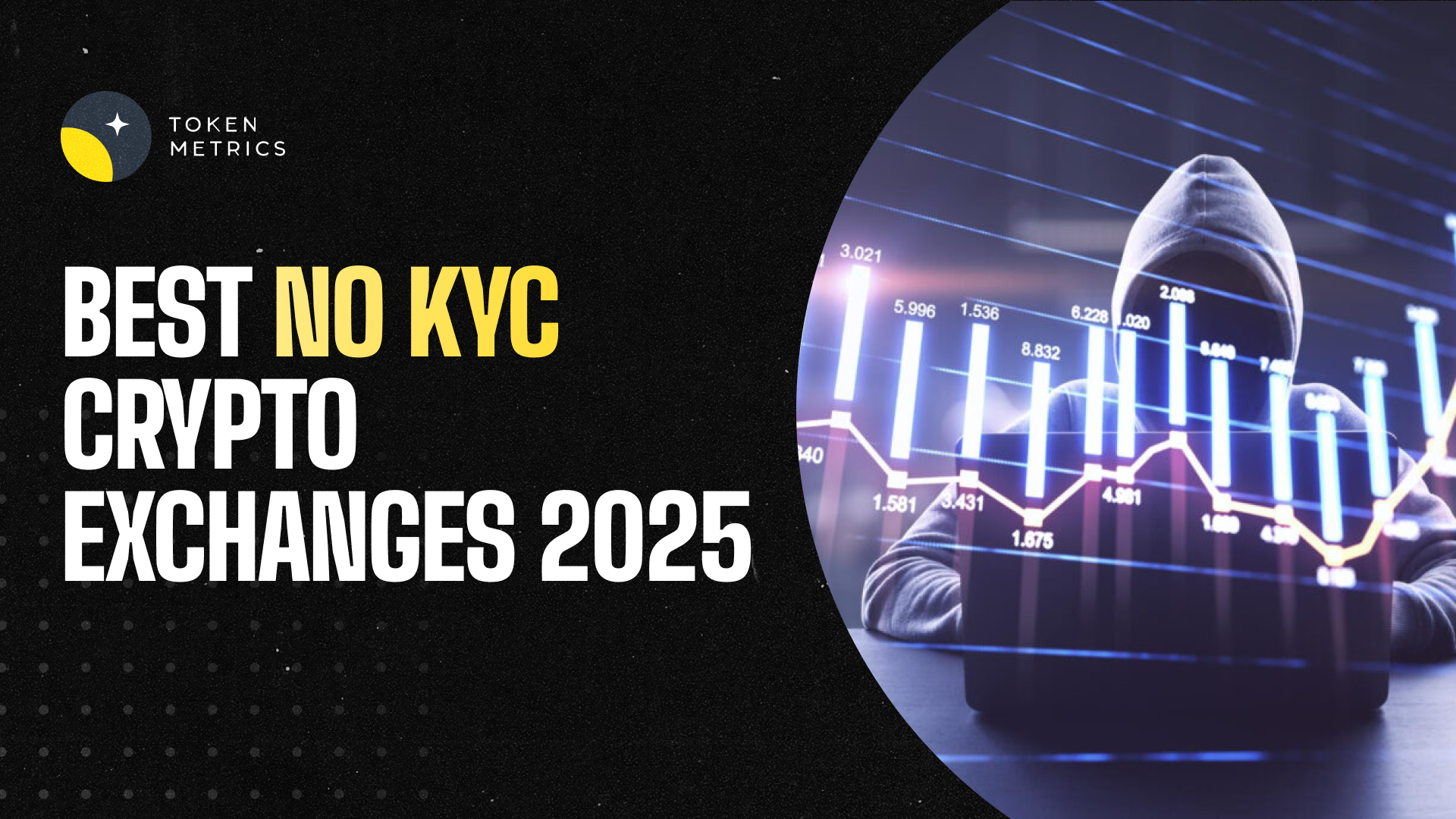


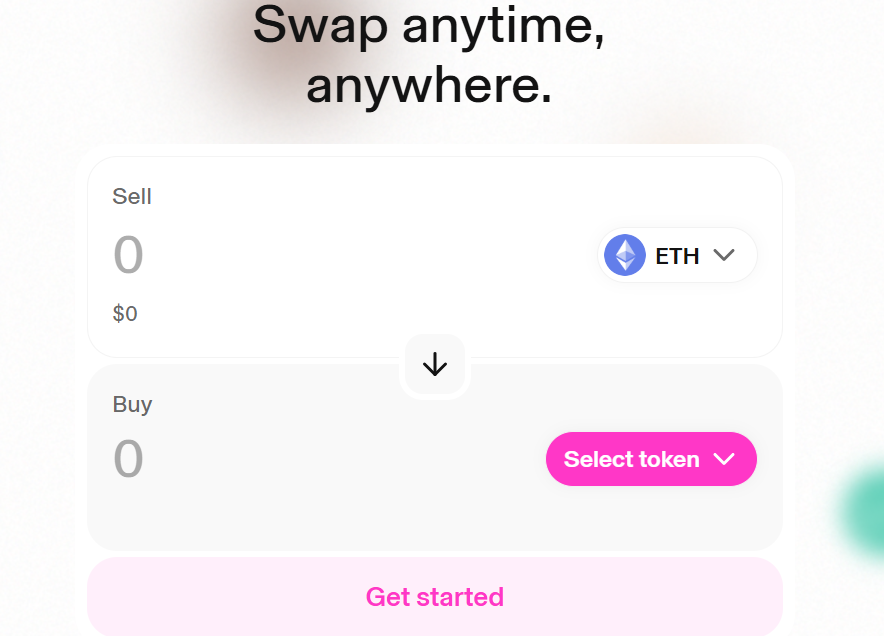
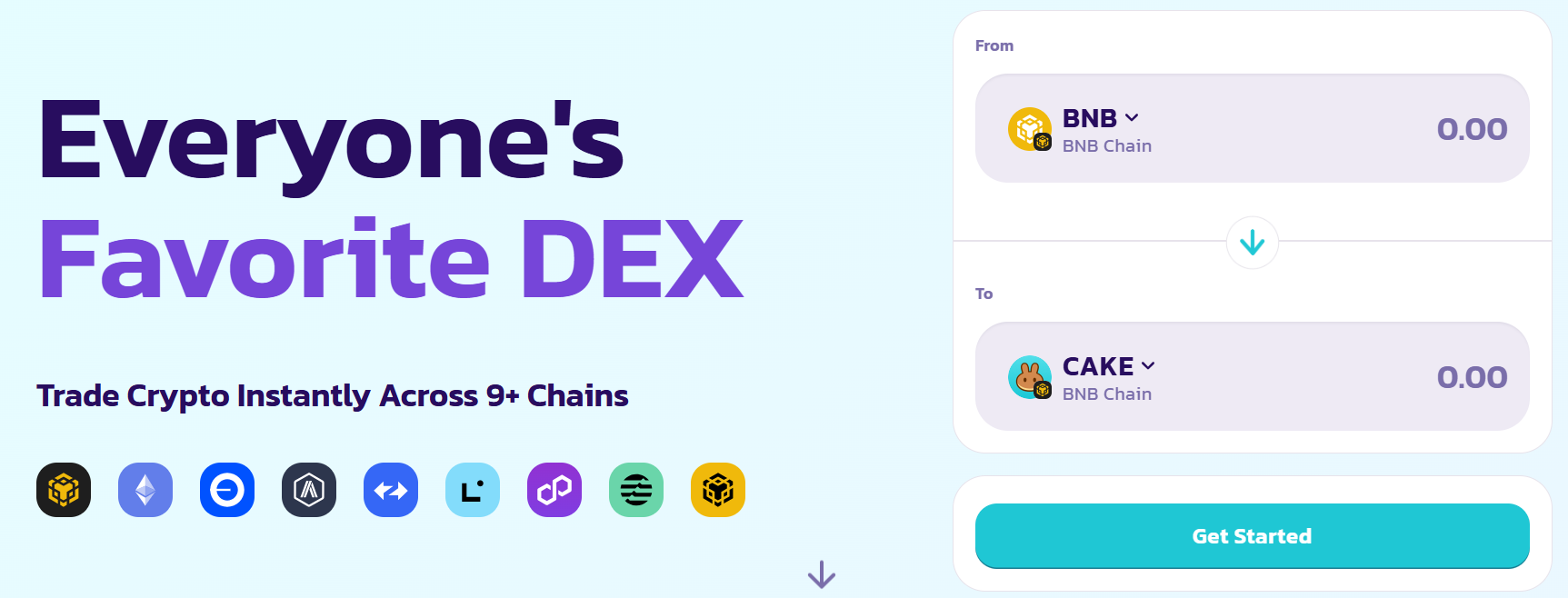


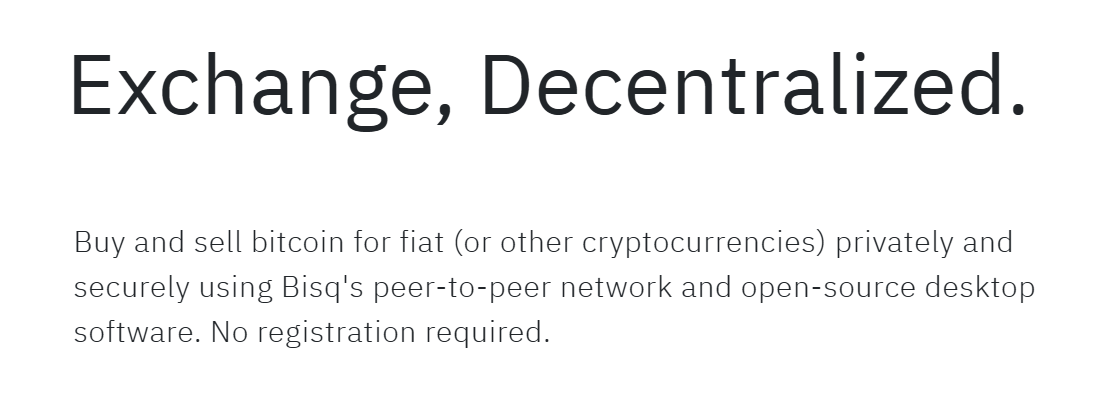
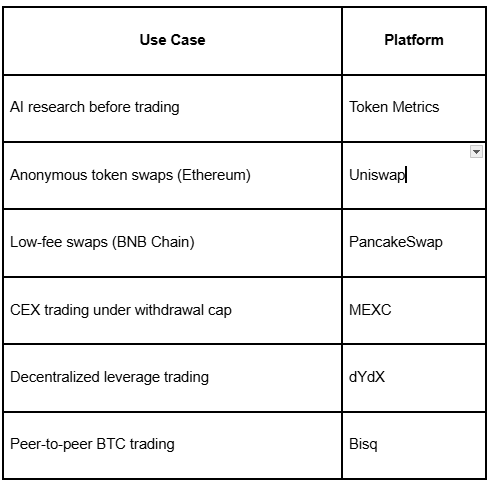

.svg)


.png)




%201.svg)
%201.svg)


%201.svg)









.svg)




.png)